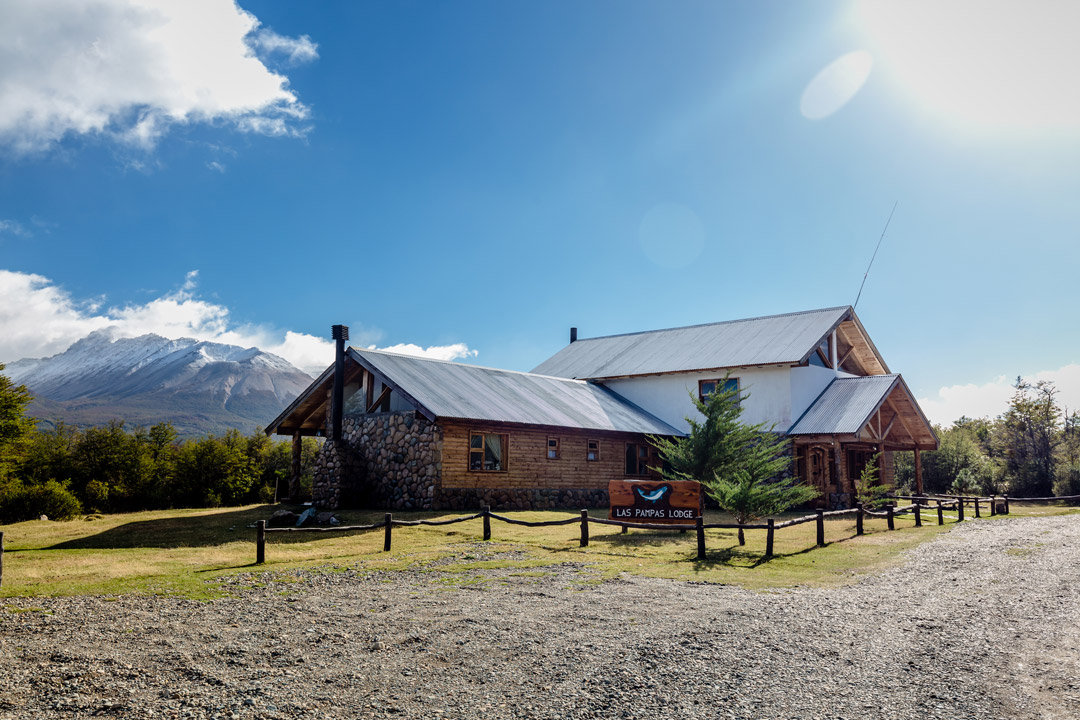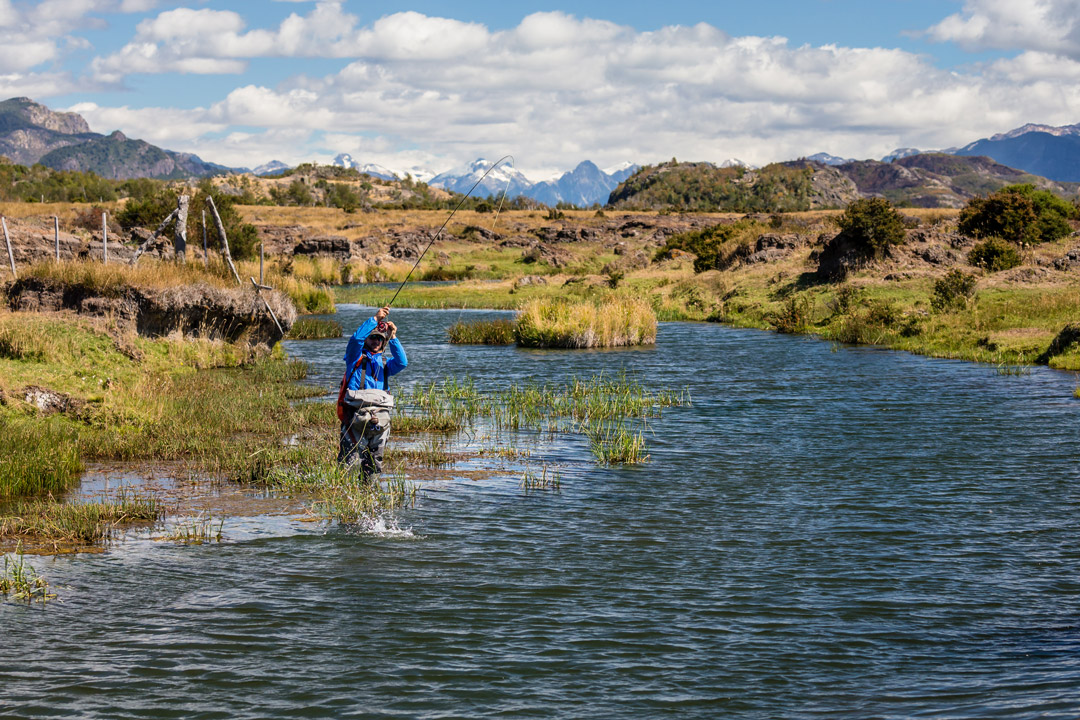(English below)

Las Pampas nơi những người nhập cư châu Âu đến định cư và giới thiệu nông nghiệp cũng như chăn nuôi gia súc ở Argentina
Pampas, còn được gọi là Pampa, tiếng Tây Ban Nha La Pampa, đồng bằng rộng lớn kéo dài về phía tây qua miền trung Argentina từ bờ biển Đại Tây Dương đến chân núi Andean, được giới hạn bởi Gran Chaco (phía bắc) và Patagonia (phía nam).
Cái tên này xuất phát từ tiếng Quechua (bản địa), một từ có nghĩa là “bề mặt phẳng”.
Pampas có độ dốc dần xuống từ tây bắc đến đông nam, từ khoảng 1.640 feet (500 mét) trên mực nước biển tại Mendoza đến 66 feet (20 mét) tại Buenos Aires.
Ngoại trừ một số sierras ở phía tây bắc và nam, hầu hết khu vực có vẻ bằng phẳng hoàn toàn. Một số đồng bằng nhỏ hơn ở các khu vực khác của Nam Mỹ, chẳng hạn như sa mạc ở phía bắc Chile, cũng được gọi bằng thuật ngữ Pampas.
Pampas Argentina có diện tích khoảng 295.000 dặm vuông (760.000 km vuông) và được chia thành hai khu vực riêng biệt.
Vùng khô hạn ở phía tây, bao gồm phần lớn tỉnh La Pampa, phần lớn là cằn cỗi, với các khu vực mặn lớn, suối nước lợ và sa mạc cát. Khu vực ẩm ướt ở phía đông, một khu vực nhỏ hơn nhiều bao gồm một phần của tỉnh Buenos Aires, có khí hậu ôn hòa và được tưới tiêu tốt và là trung tâm kinh tế của quốc gia và là khu vực đông dân nhất của đất nước.
Đất chủ yếu bao gồm cát mịn, đất sét và phù sa bị các con sông lớn cuốn trôi về phía Đại Tây Dương hoặc thổi vào các cơn bão bụi từ phía tây. Những cơn gió mát từ phía nam định kỳ gặp không khí ấm áp từ phía bắc nhiệt đới, tạo ra những cơn gió dữ dội kèm theo mưa lớn ở khu vực lân cận Buenos Aires.

Khu vực này đã được chuyển đổi từ giữa thế kỷ 19. Người Tây Ban Nha (Tây Ban Nha) đã đưa gia súc và ngựa vào nhưng không cố gắng phát triển đất đai. Những con vật được vây quanh bởi những con gauchos, những người được tôn vinh vì khả năng cưỡi ngựa, sự cứng rắn và vô luật pháp.
Sau khi được giải phóng khỏi Tây Ban Nha Crown (1816) và sự tiêu diệt của những thổ dân da đỏ đi lang thang ở vùng đồng bằng, các chủ đất bắt đầu thuê những người nhập cư (chủ yếu là người Ý) để trồng trọt estancias của họ (trang trại), gieo cỏ linh lăng làm thức ăn gia súc, ngô (ngô) và đồng cỏ tốt hơn.
Họ rào vùng đất của mình và nhập khẩu cừu và gia súc có nguồn gốc từ Vương quốc Anh. Đường sắt được xây dựng trên khắp Pampas, gauchos dần trở thành peons (lao động), và ngựa được thay thế bằng máy kéo. Xung quanh Rosario, ngô (ngô) và lanh là cây trồng chính, và một số gia súc được chăn nuôi. Vùng phụ cận Buenos Aires đã được phát triển để cung cấp rau, trái cây và sữa cho thủ đô. Kể từ cuối thế kỷ 20, một số vùng của Pampas đã trở thành những vùng trồng nho nổi tiếng, đặc biệt là vùng xung quanh Mendoza, nơi sản xuất hơn một nửa số rượu vang của Nam Mỹ.
Nguồn: https://www.youtube.com/watch?v=h21e9-ZzDkc
Las Pampas where european immigrants settled and introduced agriculture and ranching in Argentina
The Pampas, also called the Pampa, Spanish La Pampa, vast plains extending westward across central Argentina from the Atlantic coast to the Andean foothills, bounded by the Gran Chaco (north) and Patagonia (south).
The name comes from a Quechua (native) a word meaning “flat surface.”
The Pampas have a gradual downward slope from northwest to southeast, from approximately 1,640 feet (500 metres) above sea level at Mendoza to 66 feet (20 metres) at Buenos Aires.
Apart from a few sierras in the northwest and south, most of the region appears perfectly flat. Several smaller plains in other parts of South America, such as the desert of northern Chile, are also referred to by the term Pampas.
The Argentine Pampas covers an area of approximately 295,000 square miles (760,000 square km) and is divided into two distinct zones.
The dry zone in the west, which includes most of La Pampa province, is largely barren, with great saline areas, brackish streams, and sandy deserts. The humid zone in the east, a much smaller area that includes part of Buenos Aires province, is temperate and well watered and is the economic heart of the nation and the country’s most-populated area.
The soil consists chiefly of fine sand, clay, and silt washed down toward the Atlantic by the great rivers or blown in dust storms from the west. Cool winds from the south periodically meet warm air from the tropical north, creating violent gales accompanied by heavy rain in the neighbourhood of Buenos Aires.
The region has been transformed since the middle of the 19th century. The Spaniards ( Spanish ) had introduced cattle and horses but had made no attempt toward land development. The animals were rounded up by gauchos, who were celebrated for their horsemanship, hardiness, and lawlessness.
After liberation from Spain Crown (1816) and the annihilation of the Indians who roamed the plains, landowners began to employ immigrants (chiefly Italians) to cultivate their estancias (ranches), sowing alfalfa for fodder, corn (maize), and finer pastures.
They fenced their lands and imported pedigreed sheep and cattle from Great Britain. Railways were built across the Pampas, the gauchos gradually became peons (labourers), and horses were replaced by tractors. Around Rosario, corn (maize) and flax are the chief crops, and some livestock is raised. The vicinity of Buenos Aires has been developed to supply the capital with vegetables, fruit, and milk. Since the late 20th century some parts of the Pampas have become noted grape-growing regions, particularly the region around Mendoza, which produces more than half the wines of South America.








 Visit Today : 23
Visit Today : 23 Visit Yesterday : 15
Visit Yesterday : 15 This Month : 767
This Month : 767 This Year : 5068
This Year : 5068 Total Visit : 16442
Total Visit : 16442 Hits Today : 29
Hits Today : 29 Total Hits : 24530
Total Hits : 24530 Who's Online : 1
Who's Online : 1
